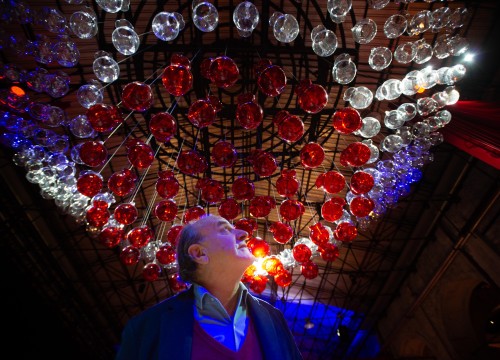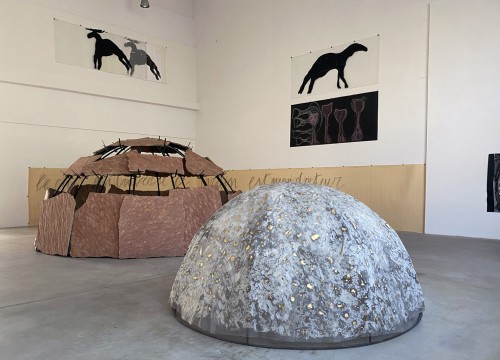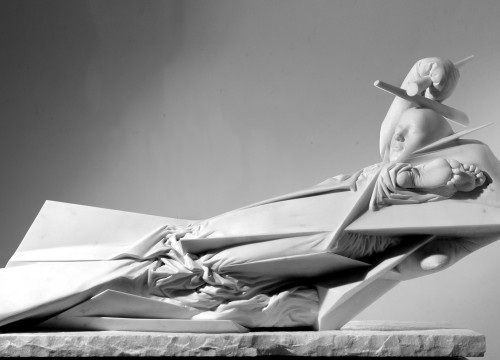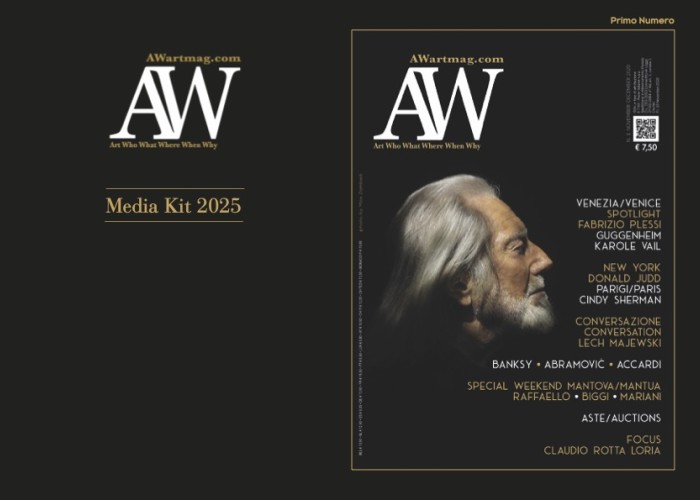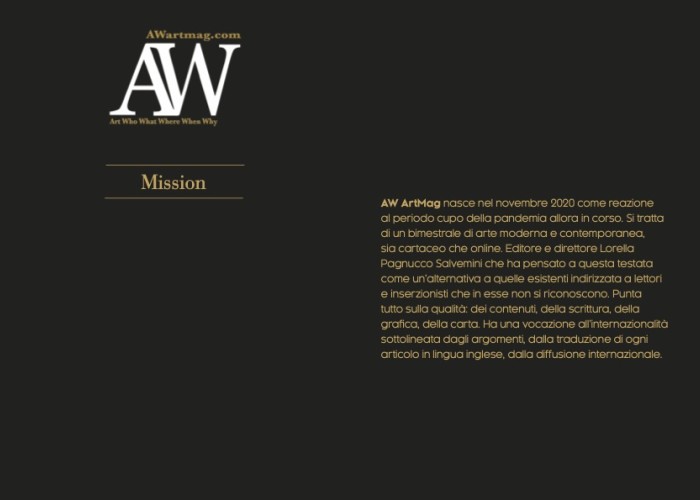In the art, someone thought that the passing of an artist implies an economic recovery of the artworks, both historically and economically. This is a thought that follows a simple process. Necessarily, a stop in production causes an artworks reassessment. This is rarely done. The artist's image must be kept alive by gallerists, critics and actors from the art system, otherwise it will fade. Even a group of passionate collectors is not enough. That is a generous effort but useless. Normally, no one can acquire any kind of artist production through the traditional sources: private negotiation, art galleries, auctions. Only a strong organizational model can decide. Also in this area, the memory dust runs the risk of causing the oblivion. This is because the figure of the critic, who usually travels around the artists ateliers to rediscover a painter, does not exist anymore. It can happen only if a local municipality shows an interest. The process will expire as soon as the economic stimulus is back to zero. As well as the heirs that have to be focused and pragmatic in managing foundations, exhibitions, archives, art catalogs in order to not damage the artist’s image. The step is short from art to literature. For example, Moravia, the most controversial figure of the twentieth century. When he was alive, his works received many interests. Besides his literary success, he approached cinema as well. A constant and continuous synchronism that brought: “Gli indifferenti” by Francesco Maselli (1964), “ Il disprezzo” by Jean Luc Godard (1963), “La Provinciale” by Mario Soldati (1953) and many others. The latest film “Le ambizioni sbagliate” is dated 1982. After Moravia's death, literature and cinema have played a simple role of critical insights. Conferences, reviews, film festivals, critical writings. No one has taken up Moravia's opus to create additional art. Art gives art, according to the logic that has to lead cultural logics. The final analysis seems obvious. The dust of time is the enemy of art and, somehow, of humankind, too. It lowers, cancels and crystallizes the vibrancy that everyone expressed in life. Historically, it usually happens that it develops original interpretations that can call into question old issues, suggesting continuous new analysis. While the protagonist cannot act anymore. Necessarily, history needs a real par condicio, as does politics. It can change everything in biography, life, events if evaluating a book, a painting, a poem without the creator being consulted. In this way, historical accuracy is the only thing that remains; but this collides with a society always looking for scoops and popularity. Hypothetically, the historian should be a judge. She or he should evaluate, investigate, and discuss trying to carefully rebuild the most intimate part. In many ways, that is an utopian idea. Too often, the media impose the so-called historical reviews, just because there is a need for new material, but also because the public wants to experience other people’s stories, even in the present.

- Home
- AW Books
- Categories
- Anniversaries
- Artists
- Barlumi
- Collections
- Behind the Mask
- Great gallerists
- New meetings
- Sitcom
- Let's go to the museum
- Art to eat
- Auctions
- Coffee Break
- Articles about us
- Dubito Ergo Cogito
- Instarte
- The walk
- Books
- Looking around
- Market news
- Memories
- News
- Maybe not everyone knows…
- Special Weekend
- Topic
- What
- Where
- Who
- Editorial
- Spotlight
- Focus
- Critici
- Critics
- Great Italy
- La posta dell'avvocato
- Musei
- NFT
- Venice Renaissance
- All Art is Contemporary
- Around the World
- Art Fair
- Black Number
- Discover Amercia
- Final Farewell
- Foreign Newsstands
- Manoscritti
- Musicians
- New Horizons
- Photography
- Portrait
- News
- Articles
- About us
- Newsletter
- MEDIAKIT 2025
- SHOP
- Contact us




